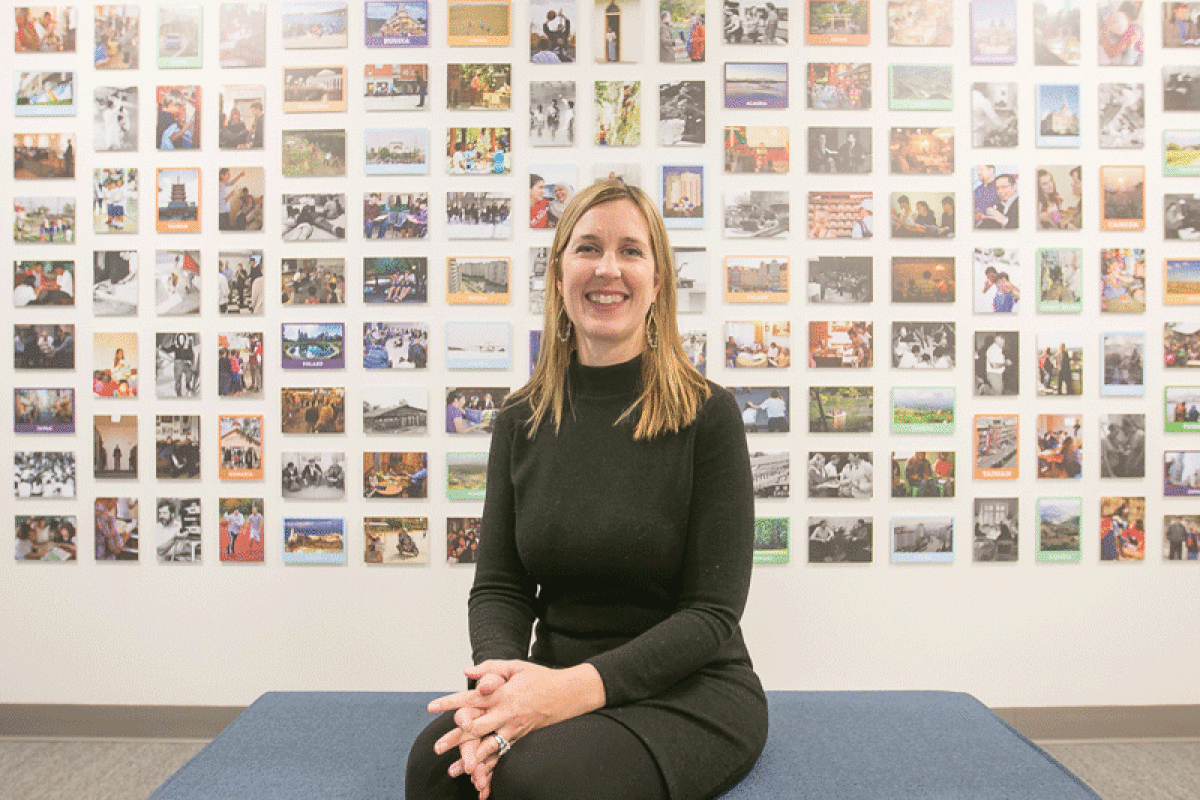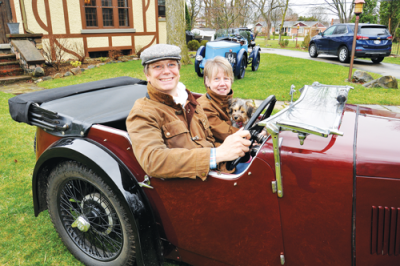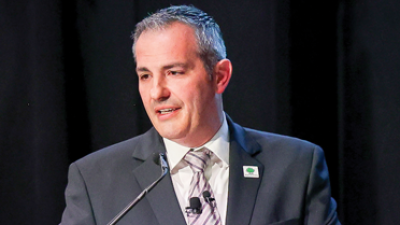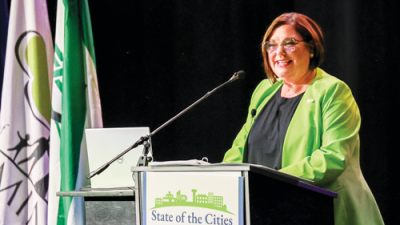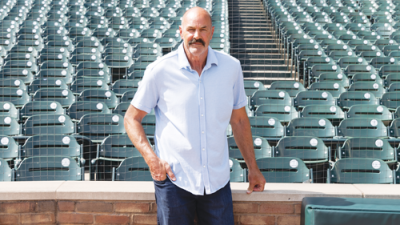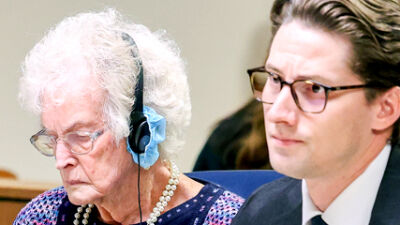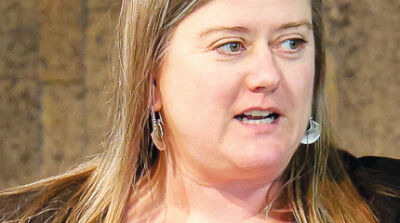FARMINGTON HILLS — Those who are interested in knowing what it is like to be a missionary don’t have to travel too far to find out, as SEND International — an inter-denominational, multinational Christian mission organization — has a location in Farmington Hills.
According to a press release, SEND, which is a nonprofit organization, has around 500 missionaries in more than 20 areas of Asia, Europe, Eurasia and North America.
Michelle Atwell, who is the CEO and U.S. director for SEND International, said that the organization has been in existence for over 75 years.
Aside from Farmington Hills, SEND also has offices in Toronto, Manila, Taiwan and Hong Kong.
SEND’s work takes place at its office locations as well as on mission fields.
At its office locations, a large part of the work involves the organization that is required to send people to various parts of the world for missionary work, including helping to equip and train missionaries.
“We are a global Christian missions organization; we are one of the most recognized evangelical missions (organizations) in the world with nearly 500 missionaries serving in unreached people groups in Asia, Europe, North America and Eurasia,” Atwell said. “Eurasia would be the countries that make up the former Soviet Union. And what I mean by unreached, that means people in places where there’s less than 2% of a Christian church presence, and the opportunity to serve its people. So we are in places, typically, where there is no church, and we are helping to establish the church.”
Atwell was born and raised in southeast Michigan. She explained how she got involved in missionary work.
“I had the opportunity to take short-term missions trips in my college years and through a local church that I was involved with; had the opportunity to do some work in Ukraine, partnering with a church there — helping to plant a church in Chernobyl, of all places,” Atwell said. “And that just really opened up my eyes to how God is at work around the world and how the church here can be a part of the work around the world. And so that really allowed me to dream about ways that I could use the gifts and talents that God has given me to make an impact, not only locally, but to make an impact around the world.”
Atwell explained the multiple facets that can be a part of missionary work.
“Church planting, in our eyes, looks like preventing human trafficking, like setting up theological institutions, and it looks like doing community development work where we’re providing medical care in areas where there’s not medical care,” she said. “It looks like agricultural farming and helping communities to grow their own food; it looks like working in crisis pregnancy centers, food banks, working with the poor and marginalized — engaged in disaster relief. And even right now, we are heavily involved with providing humanitarian aid and resourcing churches in Ukraine in the midst of war. So we’re providing generators and support to pastors in churches who are really on the front lines of caring for people in the midst of war right now in Ukraine. So church planting isn’t just building churches — it’s certainly a part of that — but more importantly, it’s building bridges into communities that help them experience, really, what the love of Jesus looks like in their community.”
Aside from working at the Farmington Hills location, Atwell said that she also travels internationally two to three times a year, in addition to taking trips within the United States.
Her in-country trips sometimes include meeting with donors and sharing the impact of SEND’s work.
Atwell discussed how people are able to afford to go on a mission trip.
“When people go out to the mission field, they’re actually raising support to go,” she said. “SEND will pay them a salary, of course, but that salary is something that they raise by partnering with their church and with their network of friends and family, and those who really want to come alongside and support the work happening around the world. And so SEND helps them to raise that money and comes alongside and equips them to do that in a way that really inspires people to see the work that’s going to happen through their engagement on the field and to show them that they have a part … being involved in what God is doing around the world.”
Atwell considers going on mission trips the best part of her job.
However, she said that going to “hard places” where there is a different culture is not easy.
Properly training missionaries how to engage a variety of cultures, and doing so with sensitivity and humility, is an important part of SEND’s role, she said.
“We do all kinds of training, from theological training to understanding culture — how to thrive on a mission field when you are separated from all that you know here, especially if you’re coming from the U.S. and going to a hard place around the world,” Atwell said. “How do you thrive in a place, in a new culture, in a new community, when you are not connected with, perhaps, your family here and your church here? But you’re part of a new team, and getting to know your teammates, that requires a lot of training and support, so that you can do your work for the long term. … And so, a lot of our training helps to equip people with language — how do you learn the local language and, yeah, how do you understand a local culture’s values, and how do you bring the gospel into that?”
The length of training that missionaries go through can depend on various factors, including if a person is single or married, or has children.
It can range between six months and a year and a half.
Atwell said that there are short-term, mid-term and long-term missionary opportunities, with short-term being for a year or less and mid-term being one to two years.
Texas resident Nathan Garrett is an example of a long-term missionary. He and his wife, Brittany, have been doing missionary work for SEND for around nine years in Romania.
“We go for four years and then come back to the States for a year and have what some people call a furlough or home service, where we are able to talk with our supporters and our churches about what the Lord has been doing through our work,” Nathan Garrett said. “When I say nine, really that’s about seven years in Romania, and then we’ve been on one home service fully, and we are currently on home service right now. So we spend about a year to raise support, talk to our supporters, and also try to get training and be prepared for going back for another term of four years.”
The Garretts have four children, with the oldest being 11 years old and the youngest being 4. All of their children were born in the United States.
Nathan Garrett recalled that a church the couple was attending was bringing in a new missionary each month to speak with the congregation.
After hearing one of the missionaries speak, the couple decided to become a part of missionary work.
Nathan Garrett, who previously had a job doing pricing analysis for the government, shared his perspective of what being a missionary has been like.
“The last four years, we’ve been living in a village,” he said. “We have loved getting to be out in the country where you see the stars and things are a little bit more old-fashioned. There are more horse-carts than cars in our village, probably, and (we) get to kind of see what life was probably like in the States a hundred years ago or so. … We got to raise chickens … and do a lot of things a more old-fashioned way, and it’s been refreshing to not be so dependent on technology and just also, live slower.”
The Garretts, who both attended college prior to making a long-term missionary commitment, have not made a firm decision about how long they may continue with missionary work.
Although Nathan Garrett said that there are a “number of options,” the couple’s current choice is to home school their children.
He shared one of the primary roles the couple has played during their time in Romania.
“We have partnered with a Romanian pastor and his wife in the village that we’ve been living at, and so, most of the stuff we’ve been doing is in order to support him and to serve the church and then, if we see needs, trying to fulfill those,” Nathan Garrett said.
Missionary work can mean different things for different people. Nathan Garrett, who moved to Romania around the age of 27, gave his take as to what it means for him.
“What missions is about is trying to bring shalom, trying to bring peace, wholeness, completeness, to places where it is not — trying to bring peace where there is war, love where there is hate, joy where there is sadness,” he said. “That is what we’re trying to do.”
Atwell graduated from Clarkston High in 1992 prior to receiving an undergraduate degree from Oakland University and a master’s in public affairs from Indiana University.
She resides in Waterford with her husband and two children, who both attend West Bloomfield High School.
Atwell is of the opinion that missionary work can be life-changing for missionaries and those they are attempting to reach.
“I think it’s transformational work, and I think people are inspired by it, and I think people long to do something that has meaning behind it, and that it’s contributing to bettering people’s lives and society,” she said. “So people, I think, going to the mission field, are wanting to do something that inspires them and … something that changes people’s lives.”
For more information, visit send.org or call (248) 477-4210.
 Publication select ▼
Publication select ▼